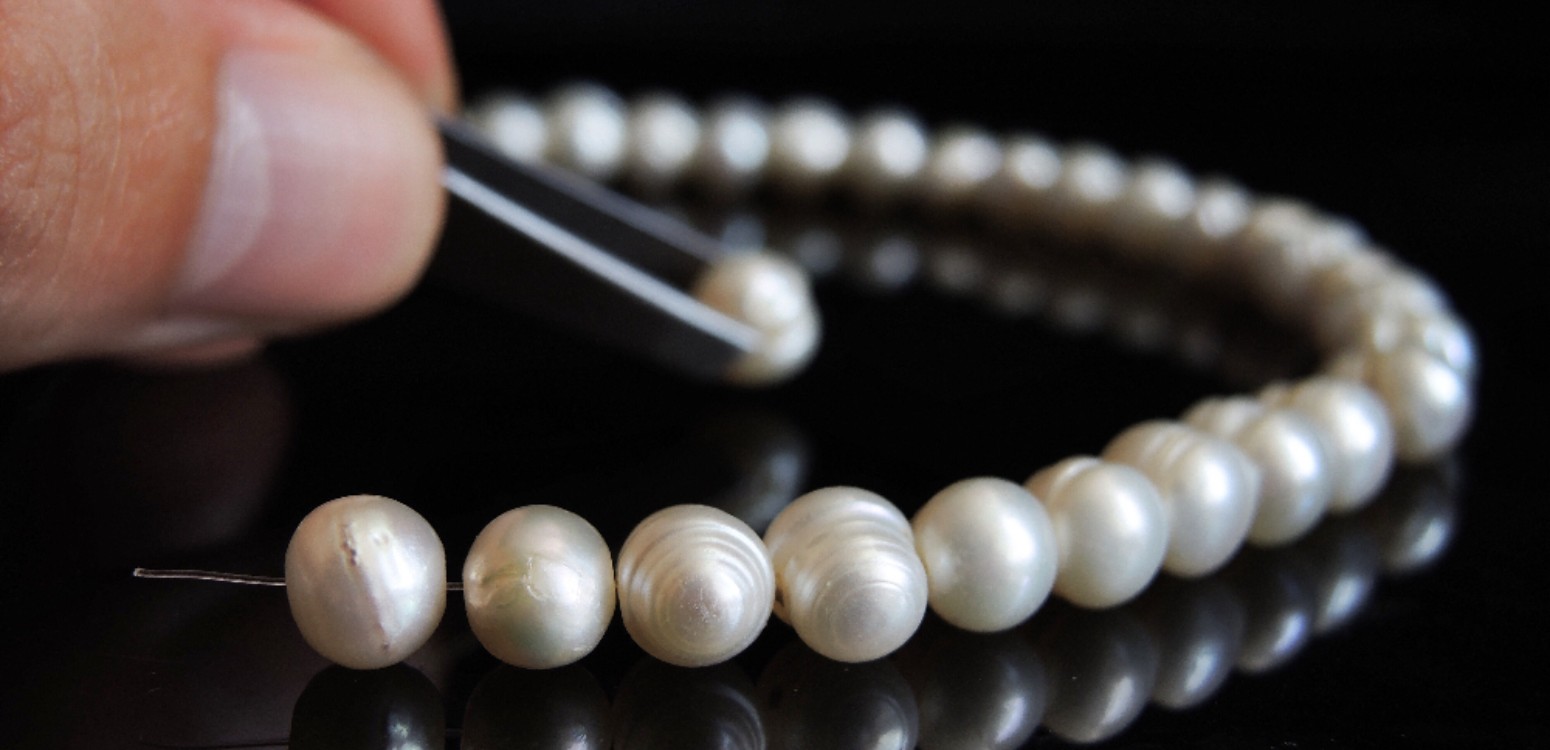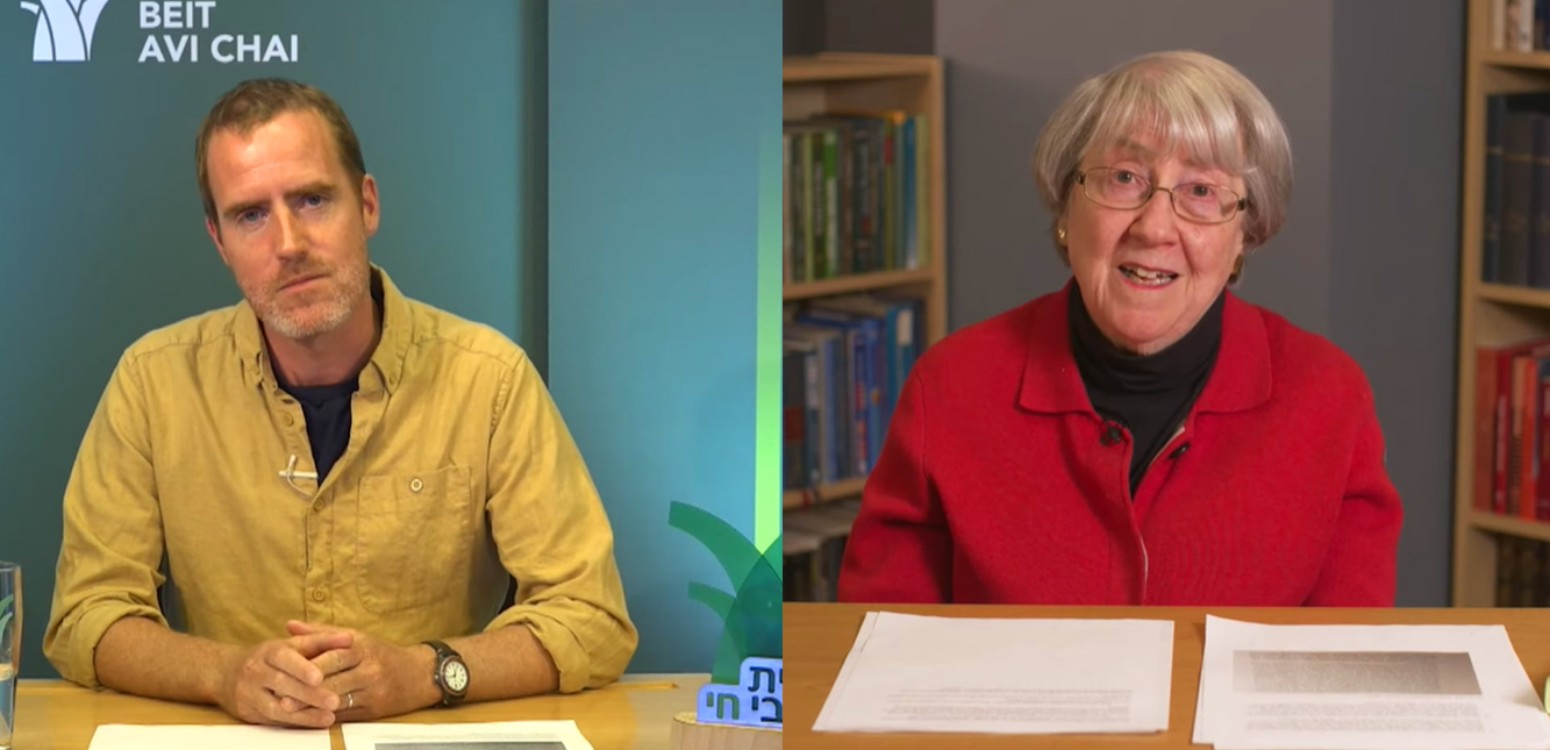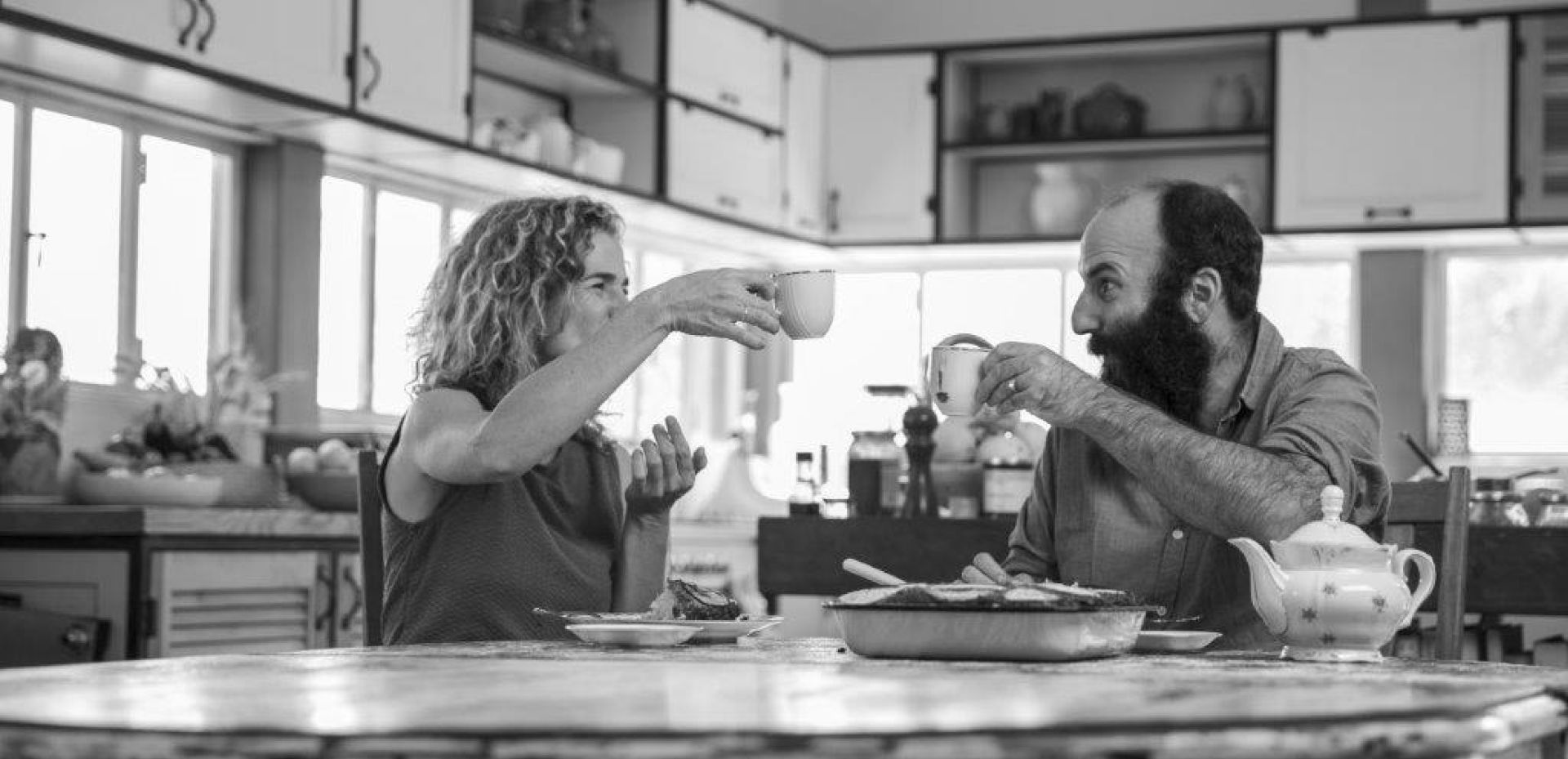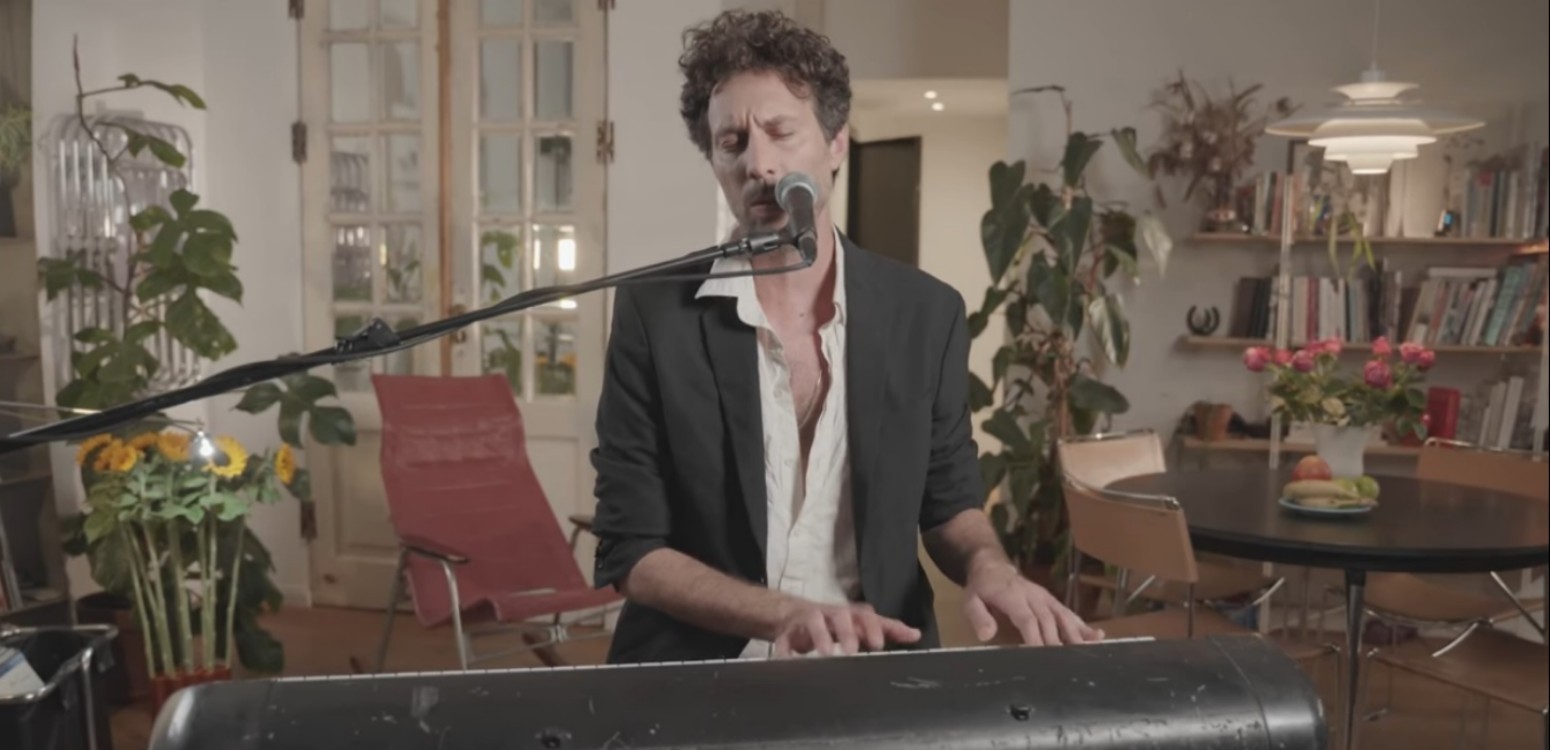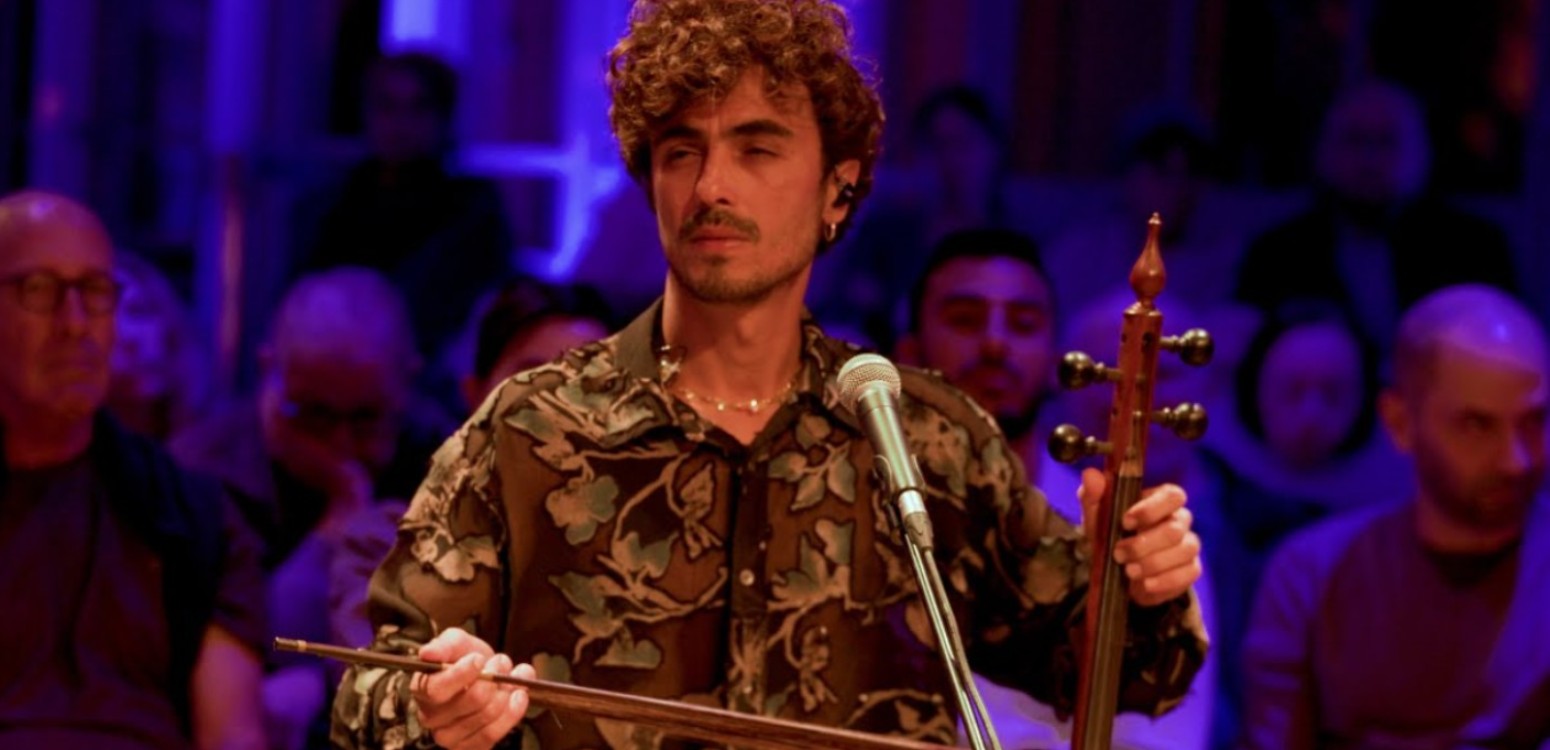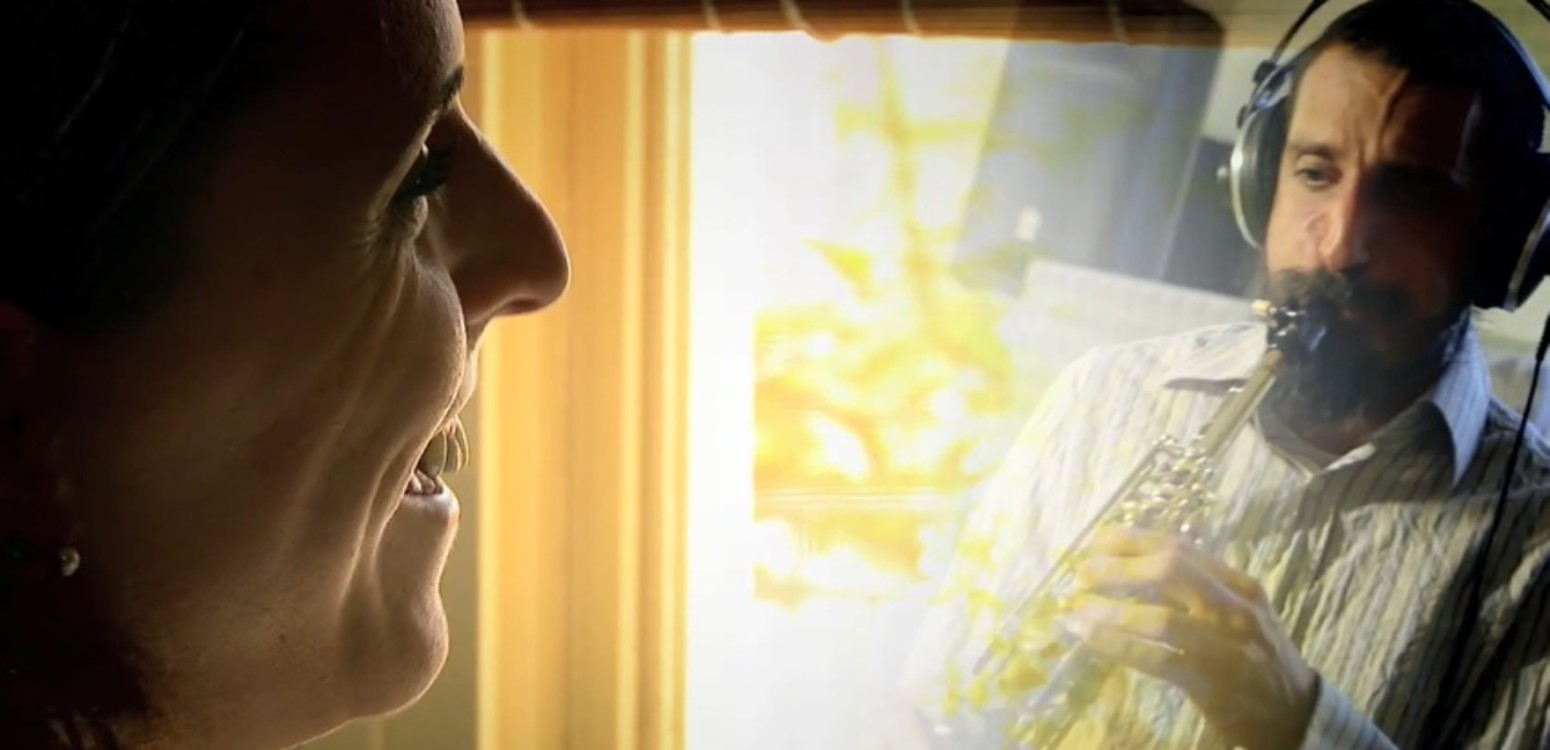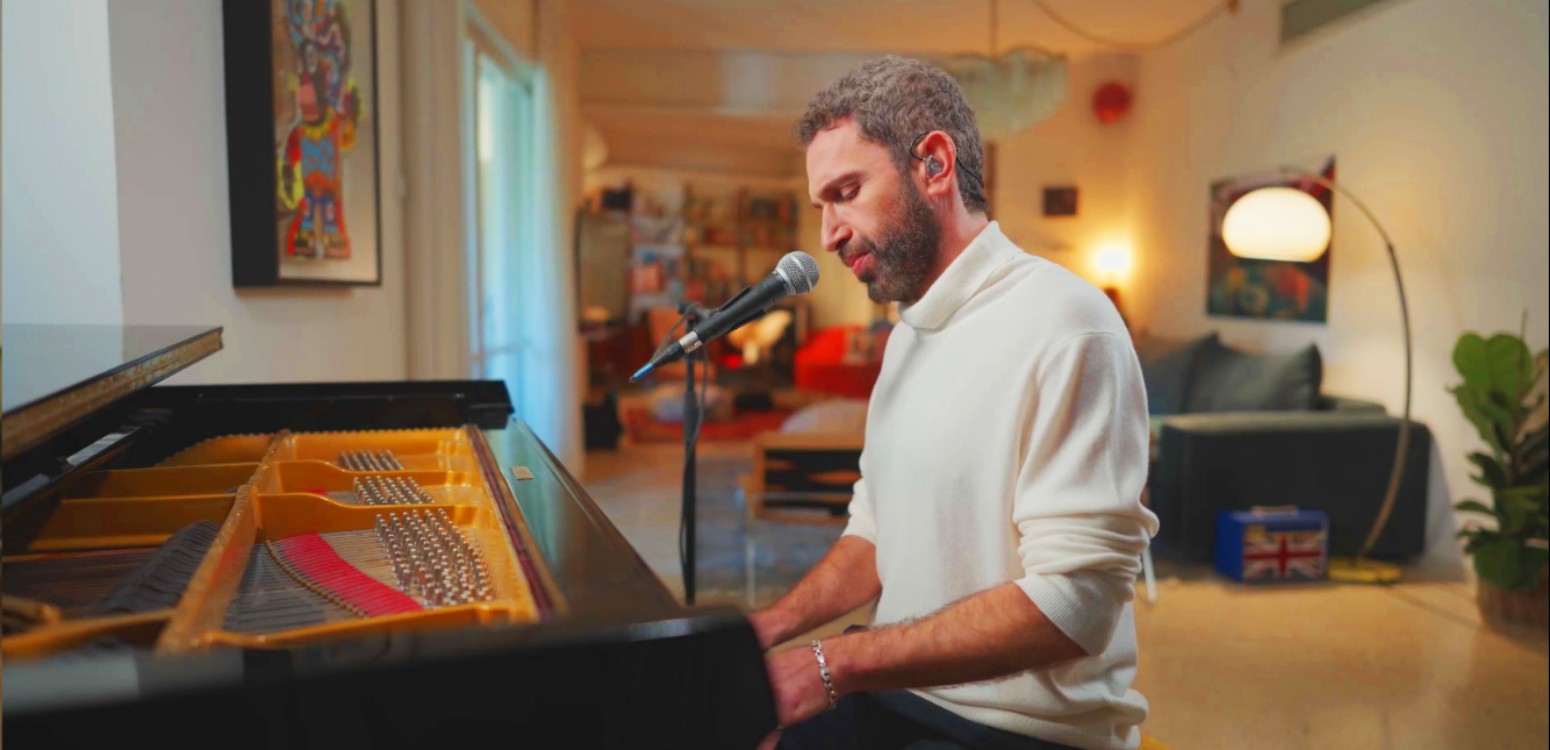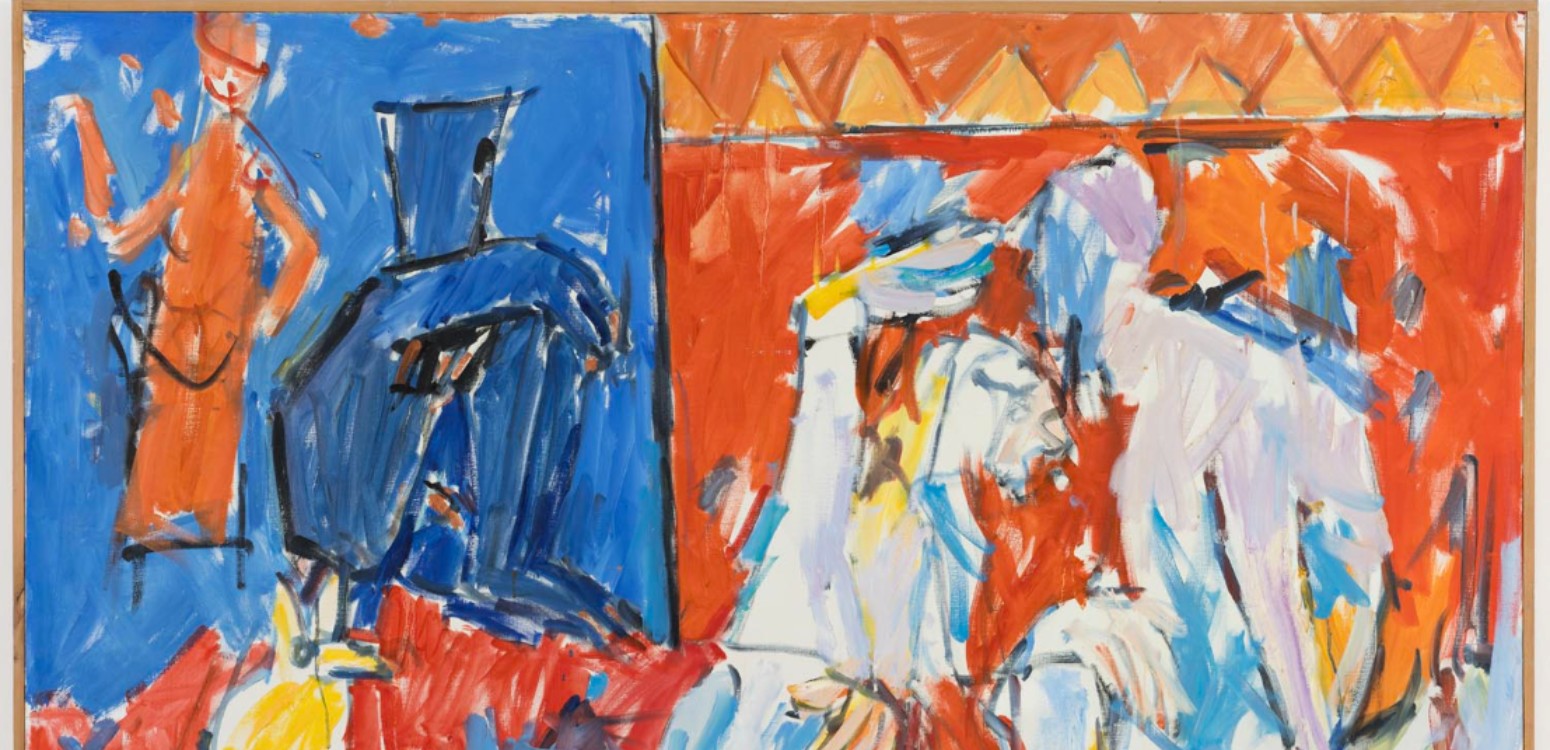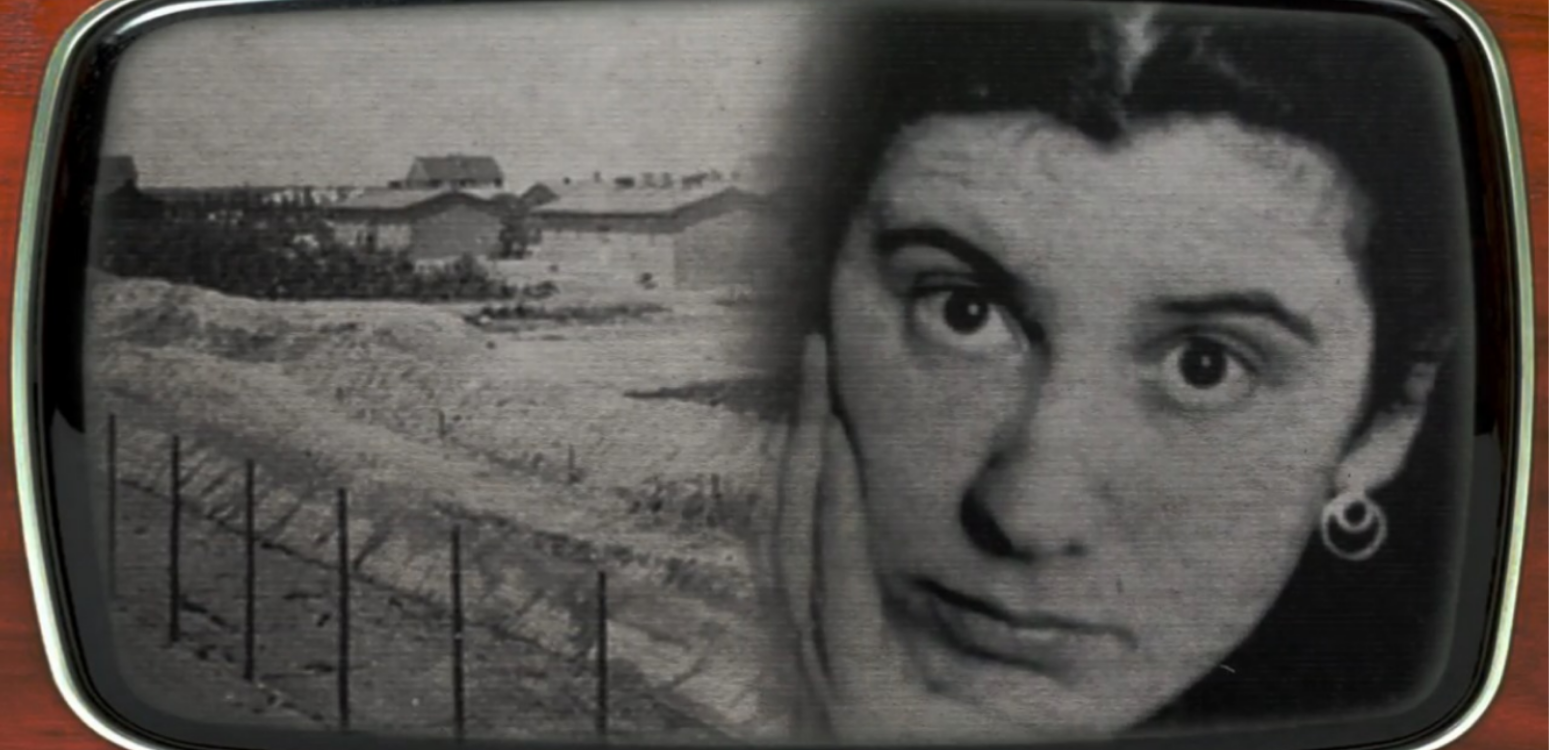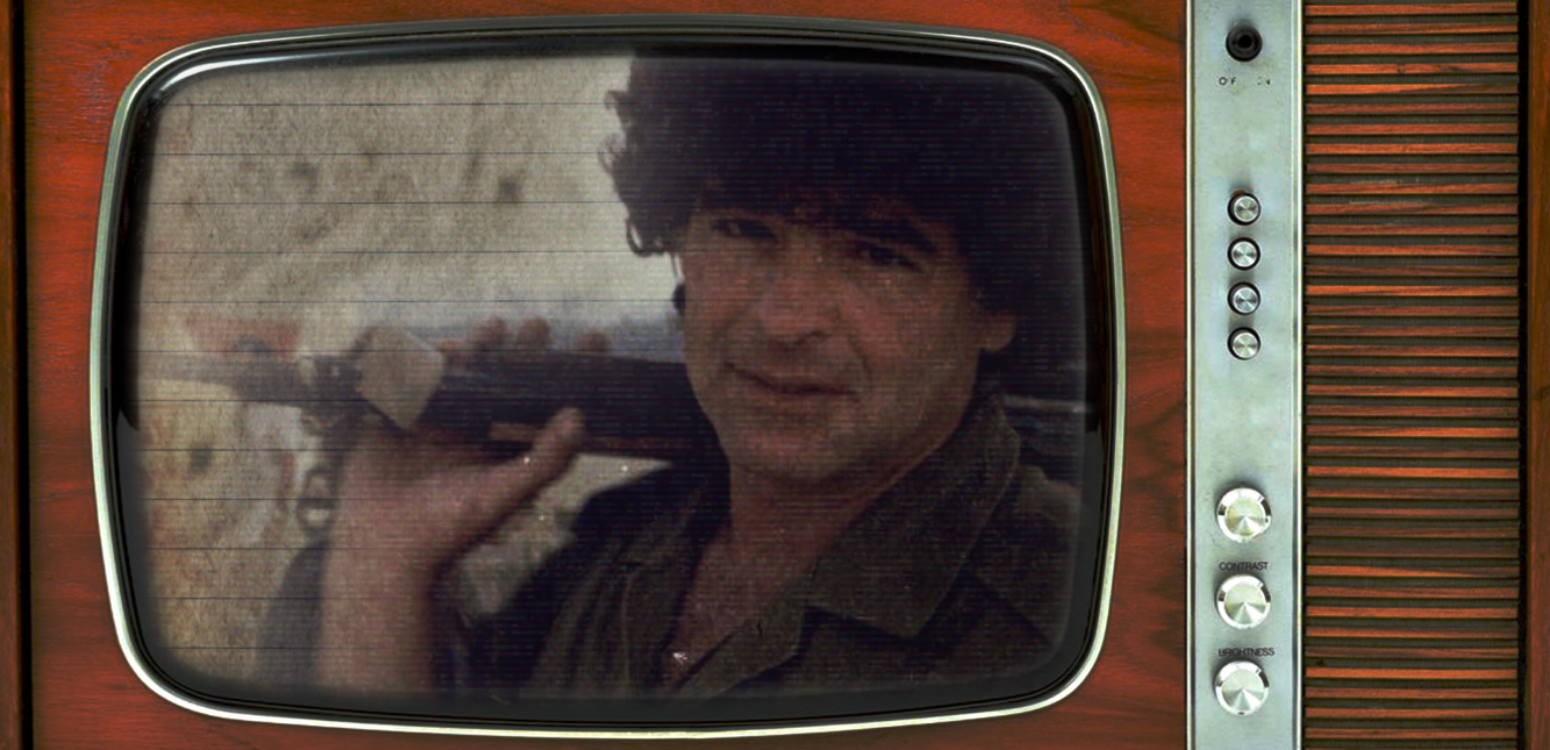The many portraits of David Ben-Gurion by artist Pinchas Litvinovsky reveal the contradictory character of Israel’s founding father. “He was a man of the big picture as much as he was a man of the small details,” explains historian Dr. Avi Shilon, whose research illuminates how Ben-Gurion’s complex personality – simultaneously unscrupulous and prophetic – continues to fascinate decades after his tenure
Despite his short stature – merely 5'0 tall – David Ben-Gurion, Israel’s founding prime minister, was larger than life. Alongside immense popularity during his tenure and unshakable reputation as one of the greatest statesmen of the XX century, it won him the status of a cultural icon. In Austerity Israel of the 1950s, which was rife with pioneering zeal but short on cash, this celebrity status was translated into a series of portraits, numbering in their dozens, painted by the renowned artist Pinchas Litvinovsky.
Painted not in Ben-Gurion’s presence (Litvinovsky and Ben-Gurion apparently never met), the portraits show the many colors of the man. Each of them is true in its own way, says Dr Avi Shilon, a historian of Israel at Tel Hai College and Columbia University, and author of Ben-Gurion: Epilogue, a biography of the prime minister’s later years. “There were many Ben-Gurions,” Shilon says, “and the portraits do a wonderful job showing that. He was a man of the big picture as much as he was a man of the small details,” he adds. “On the one hand he invested his time in petty calculations of the number of minerals in the Negev, and on the other hand, he sat down in the 1960s to write what the world would look like in the 1980s – all at the same time.”
He was all of that and more
One portrait shows Ben-Gurion as a man of principle; another as ruthless and belligerent. One shows him as unscrupulous, another as prophetic. According to Shilon, he was all of that and more – and the many angles of his character came to the fore after his resignation as PM, in his fight against the Mapai party establishment and especially his successor, Levi Eshkol.
After leaving office in 1963, Ben-Gurion devoted himself – obsessively, some would say – to seeking the truth about the Lavon Affair from a decade before. In 1954, while Ben-Gurion was temporarily out of office, an Israeli sabotage campaign was uncovered in Egypt. It was not clear who had been the mastermind: Defense Minister Pinchas Lavon, as well as Chief of Staff Moshe Dayan and other top defense bigwigs all denied responsibility. Ben-Gurion demanded to conduct a transparent and independent inquiry; Eshkol and the Mapai leadership preferred an internally appointed commission.
Unwavering commitment to the truth and justice
Ben-Gurion’s obsession with the Lavon Affair, and his crusade against Eshkol’s leadership, revealed the most petty and childish aspects of his personality – those, Shilon says, were captured by Litvinovsky: “Ben-Gurion shunned Eshkol’s funeral, saying he refuses to pay last respects to a fraud and a liar, and one of the portraits shows that side of him pretty evocatively.” But at the same time, Shilon says, the Lavon Affair was Ben-Gurion’s tour de force as a man of principle, in which he revealed his unwavering commitment to truth and justice, and this very different angle of his personality is also seen in some of Litvinovsky’s portraits.
Ben-Gurion ended up losing the battle but winning the war. An independent inquiry into the Lavon Affair was never carried out, and even today, 60 years on, it remains unclear who gave the order. But in 1968, the Ministry of Justice adopted Ben-Gurion’s position and legislated the State Commission of Inquiry act, which provisions the appointment of a judge, rather than a politically affiliated functionary, as chairman. Since then, 16 such commissions have been appointed in Israel, most famously to inquire into the failures that led to the Yom Kippur War, the Sabra and Shatila Massacre in 1982, and the Second Lebanon War of 2006.
Shilon says that Ben-Gurion’s insistence on the matter – perhaps another expression of his prophetic skills, which are also displayed in a number of portraits – is especially relevant in Israel post October 7, when a state commission of inquiry is again a political hot potato. Facing government opposition, its proponents echo Ben-Gurion's position that only an independent commission could address the failures that enabled the bloodiest terrorist attack in Israel's history. Over more than half a century, Shilon says, whenever matters of national importance were to be asserted, a state commission of inquiry was the go-to forum. “When the government refuses to set up a State Commission of Inquiry for October 7, they forget that it had taken Ben-Gurion a long and bitter struggle to make it the self-evident procedure that it is seen by many today.”
Visit the Exhibition “You Must Choose Life – That Is Art: Pinchas Litvinovsky”.
Main Photo: David Ben-Gurion portrait by Pinchas Litvinovsky

